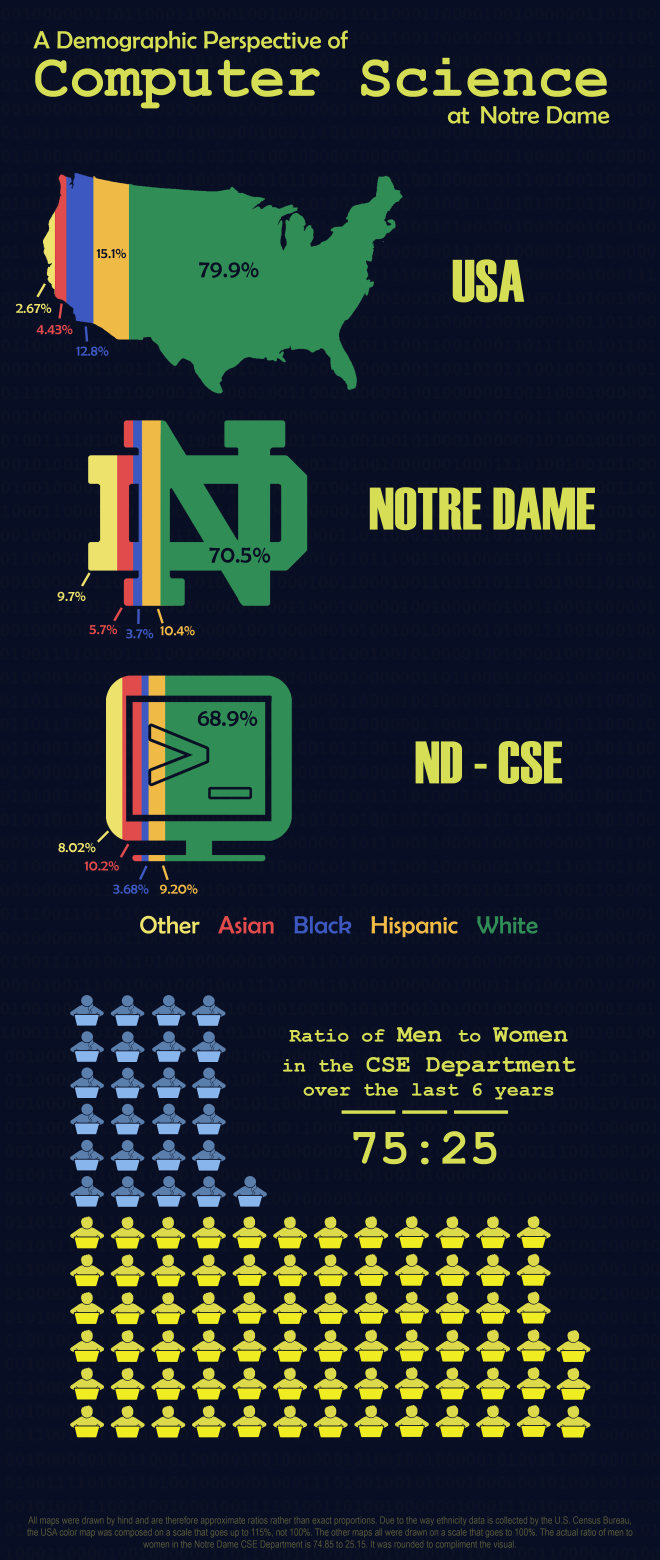I think it is a bit extreme to refer to Edward Snowden as either a hero or a traitor. Those words are both at such far ends of the spectrum. If he was a hero we wouldn’t be debating whether he was wrong or right to such an extent, and if he was a traitor there wouldn’t be so many people who support what he did. Rather, I believe that he was a brave citizen of our country who was trying to do what he perceived was the best thing for us. It took bravery because he knew it would shatter his current life, which it did, and he probably even thought he could get killed for it. He did it anyway though, because he saw what he considered basic human rights being violated and, rather than be passive about it, he acted on his belief that it was wrong. Now just because he was acting for what he thought of as the human good, should he be pardoned for his actions? To be quite frank, I don’t know. I don’t think any of us know. In order to determine that, his case should be investigated by and trialed in a court of law. They could decide if he was right and the NSA was in the wrong. This would also be the correct stage to determine if there was a better course of action for him to go about bringing the change he sought.
The contents of his leaks are an interesting matter to discuss. Some of the information we learned from his leaks are how the NSA was spying on entire nations, including ours, and that the NSA was also planning on implementing a piece of software called MonsterMind which would automatically attack cyber-based terrorism threats without human intervention. Now this information could be considered by some (though not all) worthy of public transparency. There was also, however, an unknown number of documents that he did not even know the contents of when he released it to The Guardian and The Washington Post. As Zachary Keck of The Diplomat points out, “Had Snowden been a whistleblower interested in protecting the American constitution, he would have carefully collected information documenting NSA overreach in spying on Americans. Only that would have been given to the journalists and newspapers Snowden contacted.” Reports of the incident say that he probably took the documents he has by using something similar to a web crawler. So he gathered a potentially massive number of documents through this (though he says there were some documents he only touched, and didn’t copy). He then handed all or some of the documents over to those two news outlets and let them decide what to do with the information, because he considered himself too biased to decide which ones were worth of release to the public.
While I do think that he was trying to act under what he thinks is good morality, this seems a little bit irresponsible. There could have been a lot of damaging information in those files which put people’s lives in danger (though to my knowledge this was not the case with anything released). Now his actions may not have been legal, and they were certainly a bit reckless, but from what I can tell of the situation, he seems like he is trying to have a positive impact on the world. There are people that claim that he is a narcissist and just wanted to cause a disruption, but let’s not forget that his life was uprooted by this incident. I don’t think someone would do something this extreme for personal fame. Was it ethical or moral to do this though? It’s difficult to say. Though I’m leaning towards believing that Snowden, having been in the NSA for years and knowing how the organization works, knew something that we didn’t and knew that the best way to put a stop to the surveillance he disagreed with was by releasing the information.
It is difficult to measure the impact of what he did for the U.S. Some people think that he only helped our enemies, observing that he left our countries to go hide away in rival nations. Others say that he didn’t show us anything that he didn’t know. According to his own opinion piece in the New York Times, he believes that since his 2013 leak, the citizens of the U.S. have begun to realize the importance of protecting their rights. In his own words, we are now starting to realize that, “the value of a right is not in what it hides, but in what it protects.” In my experience the average frame of mind today is that any secret personal surveillance is bad (though I personally don’t mind if the government spies on me). Whether or not this is because of him, it is hard for me to say.
The readings here did not really affect my views on government surveillance. I don’t really agree with Snowden. I would let the government spy on me all that they wanted to if it meant the protection of my country. I’m not doing anything that would get me into trouble (I think). I let airport security check my bags for the same reason. One thing I will take away from this though, is the need to stay mindful of what is going on around me. We can disagree on whether what Edward Snowden did was ethical or not, but he was trying to make a difference. He knew what he believed, saw a violation, and did something about it. I hope I never get put into a situation where I have to do something as drastic as he did, but after reading these articles I have further realized the importance of using your voice to defend what you believe is right.
